#hamburgers

As the debate of meat eating versus vegan diets continues to resonate online and across the supermarket isles, I was surprised to read what can be regarded as something of a rare happening with Tyson Foods investing in non-meat produce crafted by a vegan start up.
Has hell frozen over? Not exactly even if major changes do happen across the industrial realm where some companies manage to understand what’s the future like. By saying this I’m not making a prediction that in near future we will stop eating meat all together; however, winds are blowing towards a direction that sees valid alternatives to traditionalism in food.
I’d like to point out first one issue that is often ignored when we debate meat and how it’s delivered on out tables. When speaking of animal farming we are all aware of the poor conditions some pastures are placed in order to maximize profitability. Endless quantities of meat constantly appear across thousand of supermarkets of all size in our country, creating a market behavior that does not directly reflect the consumer demand, but it’s the correlation between animal farmers and distributors (aka supermarkets) where the game is played.
We can asses that by analyzing the large amount of beef, pork, chicken, along with the relative byproducts, which are thrown into the garbage every week by grocery stores because it becomes unsold and close to expiry date. So, in essence blaming families as the main cause of animal conditions is not fair, but it’s the display of abundance distributors (aka supermarkets) perpetrate which drive the production demand high with the waste.
Tyson Foods is one of the largest North American dealer in terms of animal products from big restaurant chains to the frozen food section where many shop. The scale of manufacturing and client sale is very big and very lucrative, with a noticeable impact that comes with influential behavior since millions of people eat these products.
Beyond Meat, the vegan startup, has been producing valuable alternatives to burger patties that aesthetically look like any ground beef you could use to slap on your BBQ grill, and allegedly critics who have tasted it can confirm the similarity with the original animal product. Packages are already available across different grocery stores in the US and are planned to expand beyond the border. It’s essential to monitor if this deal continues and how this protein alternative can influence the markets and competitors.
This shift in behavior is nonetheless very interesting because it places a name like Tyson, often denounced for cruelty against its chicken and cows, changing the tune of their score and able to understand the trends happening out there not only on the internet but among communities.
Tyson knows that meat prices will continue to go up and its product consumption risks to go down; a major shift in dietary habits among the population translates in billions in losses. In the last twenty years we have seen all sorts of boycotting against fast-food meals and processed food, fields in which Tyson is fully responsible and well placed among.
In order to begin a portfolio diversification to develop with solid grounds, Tyson is making the smart move not to continue placing all its eggs in one basket. Investing in future trends proves to be a test against core industrial values that defy the traditionalism of certain markets. This also plays well on Tyson’s PR strategy so it can wield the ‘environmentally friendly’ card to the media, and who knows, perhaps a change in their marrow philosophy.

If you take a stroll between downtown restaurants, suburban strip-malls, food courts, you can clearly see the trend of the last decades of burgers, fries, chicken wings, beer. They are everywhere and have been everywhere between local menus and the frozen food section of our grocery store.
Now food franchises like Buffalo Wild Wings, TGI Fridays, Applebee’s, are reporting declines in sales and restaurants closures according to this Business Insiderarticle, where millennials are once again blamed for this food crisis and bad financial news.
Let’s take a step back and analyze the situation by identifying these restaurant names. For the past thirty plus years this kind of chain business, which spawned throughout North America, has been serving one type of menu: burgers, fries, chicken wings, beer. It has become a staple of limited food choices for this bracket of casual food joints.
Whether the burger is on a sesame bun or the wings are super hot it has made little difference and the fad of new opened places did not last long. People have become tired of the same rehashed plates, interior designs, atmospheres, menu offers, while at the same time price convenience has diminished along with food quality.
The sum of all these elements has generated the poor customer experience people have gone through in recent years. Internet has broaden up the food views of millions of people between US and Canada, and so the appetite to try new dishes. Also the recent rise in gourmet food sparked the interest of more genuine alternatives many are willing to pay more than the average combo meal at the same old joint.
Customers don’t want to give up burgers, fries, and wings yet; however, as of 2017 who isn’t selling these foods? From cheap and fast places like McDonald’sandBurger King, to more refined places like Five GuysandBurger Priest, and from Hooters to any sport bar out there that is serving wings and pints of beer at any given night of the week.
Trends do change and we are amidst many of them in terms of food and retail choices. Yes, millennials are part of the equation but it’s not only them who are responsible for this shift in the restaurant industry. Families are an essential part of this business too and started making more conscious eating choices, since prices aren’t that convenient anymore at these casual eateries, they decided to spend the same cash elsewhere.
Alternatives likeChipotleandPanera Bread have given better meal alternatives by bringing new flavors and healthier choices than regular frying pits. Now this has brought an interesting challenge to the restaurant industry by testing the status-quo of the fast-food standards due to this change in consumer behavior.
We also have to mention how the food service is affecting the landscape in terms of distribution.UberEats, Foodora, JustEat, have swarmed cities giving more alternatives to the usual delivery food at your door. Now you can order your favorite Indian or Afghani dish without having to take everybody to the restaurant, but comfortably sitting at home through the quick use of an app.
At this stage millennials are an influential portion of the revenues for the food business, in fact this young generation prefers to spend more for higher ingredient qualities of meals while enjoying better experiences.
Gourmet restaurants have given a serious shift in eating option by emphasizing better dish preparation and variation. Vegetarians, vegans, celiacs, do represent a large customer base that does not conform to the selection of drive-through or casual restaurants choices.
So, it’s correct to say that chain restaurants are loosing sales and shutting down not really because of millennials, but for their lack of diversification in menu options, food quality, repetitive flavors, high prices. Not only retail brand names have been affected in recent times, but now also famous name in the food business.
The second decade of 2000s has proven to be a hard challenge for many businesses including well-established names. Consumer behavior has shifted path from a mainstream choice to a more indie approach of eateries. Social platforms like TripAdvisor, Yelp, Facebook, Twitter, carry out the democratic voice of customers with their opinions and reviews of restaurants, but also helping carrying the message of less-known restaurant names towards fame.
Food trends have changed quite a bit in the last years where small independent eateries have brought up fresher and newer alternatives, competing versus established names. Also, new delivery methods have contributed to increase the range of service and approaching new customers.
If the restaurant chain business want to halt their sales slumps and location closure they ought to modernize now, they cannot wait entering 2020 without a solid plan for better food choice and eating experiences. This must happen by giving up old habits and reinventing their practices by catering towards different customers with brand new strategies.
新婚旅行ハワイ編⑪
さて晩ごはん。今日はハワイっぽいものというか、アメリカっぽいものを頂こうということで、Burgers & Burritos HAWAII へ行ってきた。
チーズバーガーとブリトーを注文。飲み物はメキシコ産のソーダ、JARRITOSを注文した。味はイチゴソーダだ。日本ではあまりお目にかかれない代物だ。
バーガーとブリトーを待っている間にサルサバーで好きなソースをチョイス。お店のお兄さんはとても親切に教えてくれて注文も戸惑うことはなかった。
ハンバーガーを一口。美味しいな。これまでハワイで食べたどのハンバーガーよりも美味しい。ゴロッとしたパティにチーズ、そしてオニオン、トマトがシンプルだがこれがいい。原点にして頂点とはこのことか。
ブリトーを頂こう。見るからに美味しそうだ。野菜がたくさん入っているのも美味しい。なるほどこれは美味しいな。溢れる肉汁で手がビチョビチョになる。真のブリトーイストはこれを上手に食うんだな。メキシコ人尊敬。サルサソースをかけながら一気に感触だ。
これはまた絶対来るぞ。おいしかったな。
Post link

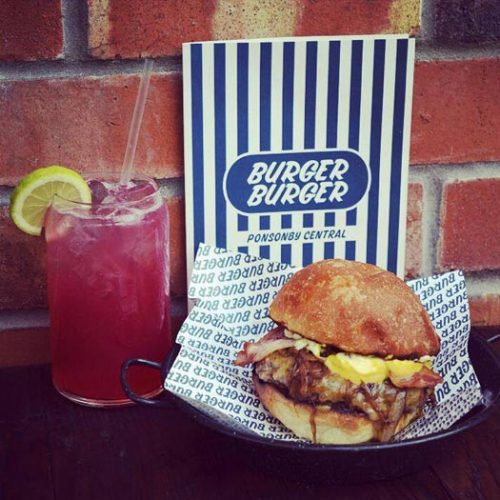
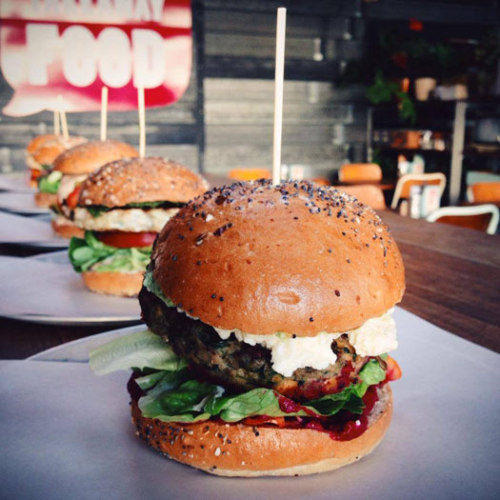



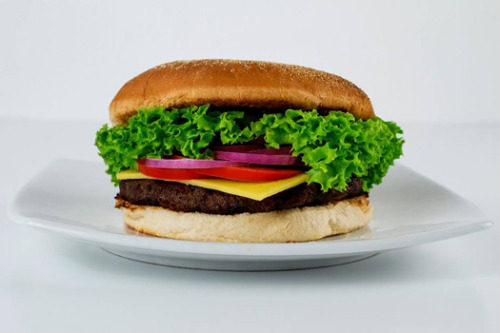


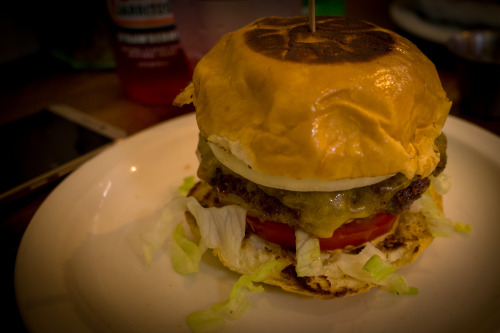
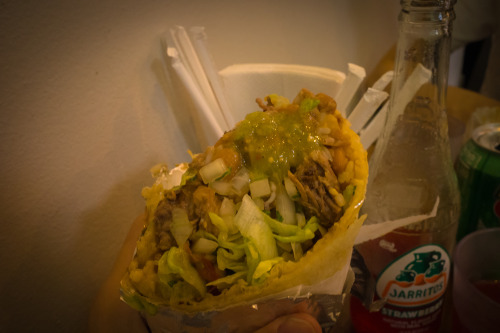
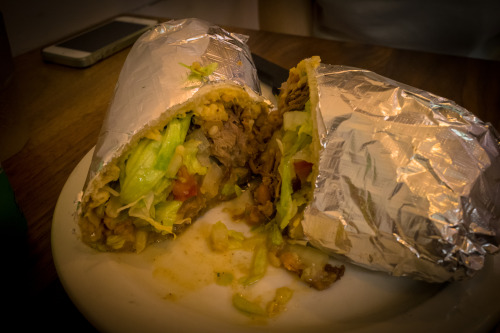
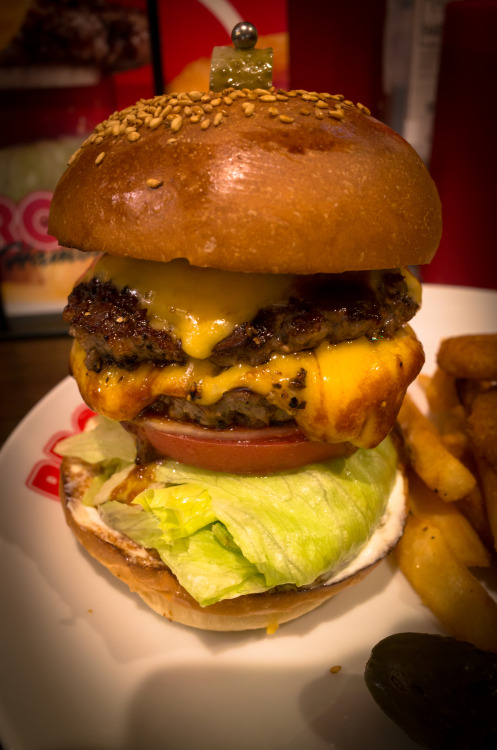
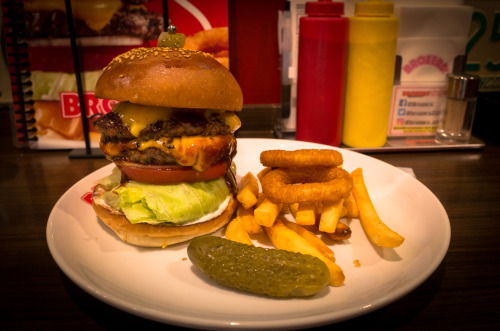



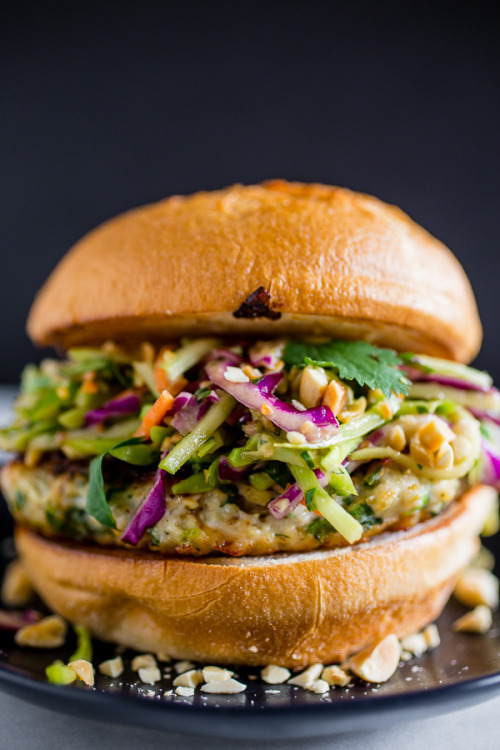


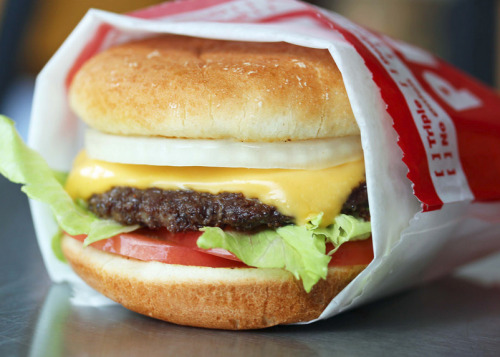


![[FINAL FANTASY XV] ✪ FF Food Truck • Paris Game Week [FINAL FANTASY XV] ✪ FF Food Truck • Paris Game Week](https://64.media.tumblr.com/2f842ce31147ad52d57175fe371f4cfd/tumblr_nx34zvZ2du1qbpjd6o1_500.jpg)
![[FINAL FANTASY XV] ✪ FF Food Truck • Paris Game Week [FINAL FANTASY XV] ✪ FF Food Truck • Paris Game Week](https://64.media.tumblr.com/556d404063f7871c6b335d23f7ec1d42/tumblr_nx34zvZ2du1qbpjd6o2_500.jpg)
![[FINAL FANTASY XV] ✪ FF Food Truck • Paris Game Week [FINAL FANTASY XV] ✪ FF Food Truck • Paris Game Week](https://64.media.tumblr.com/15e8ee324d9669b012f709871af97686/tumblr_nx34zvZ2du1qbpjd6o3_500.jpg)
![[FINAL FANTASY XV] ✪ FF Food Truck • Paris Game Week [FINAL FANTASY XV] ✪ FF Food Truck • Paris Game Week](https://64.media.tumblr.com/53a00e17188dd846ac1a70cccc9dd8af/tumblr_nx34zvZ2du1qbpjd6o4_500.jpg)
![[FINAL FANTASY XV] ✪ FF Food Truck • Paris Game Week [FINAL FANTASY XV] ✪ FF Food Truck • Paris Game Week](https://64.media.tumblr.com/7a7616d3e319422d2cbfbc3f03465faf/tumblr_nx34zvZ2du1qbpjd6o5_500.jpg)
![[FINAL FANTASY XV] ✪ FF Food Truck • Paris Game Week [FINAL FANTASY XV] ✪ FF Food Truck • Paris Game Week](https://64.media.tumblr.com/85004dd9ad9a44369915dc8bb579c133/tumblr_nx34zvZ2du1qbpjd6o6_500.jpg)
![[FINAL FANTASY XV] ✪ FF Food Truck • Paris Game Week [FINAL FANTASY XV] ✪ FF Food Truck • Paris Game Week](https://64.media.tumblr.com/270152cb5cfcbef473e7a9bc651f211c/tumblr_nx34zvZ2du1qbpjd6o7_500.jpg)
![[FINAL FANTASY XV] ✪ FF Food Truck • Paris Game Week [FINAL FANTASY XV] ✪ FF Food Truck • Paris Game Week](https://64.media.tumblr.com/876467472fc65bdbfa7f4aabb534f5c3/tumblr_nx34zvZ2du1qbpjd6o8_500.jpg)